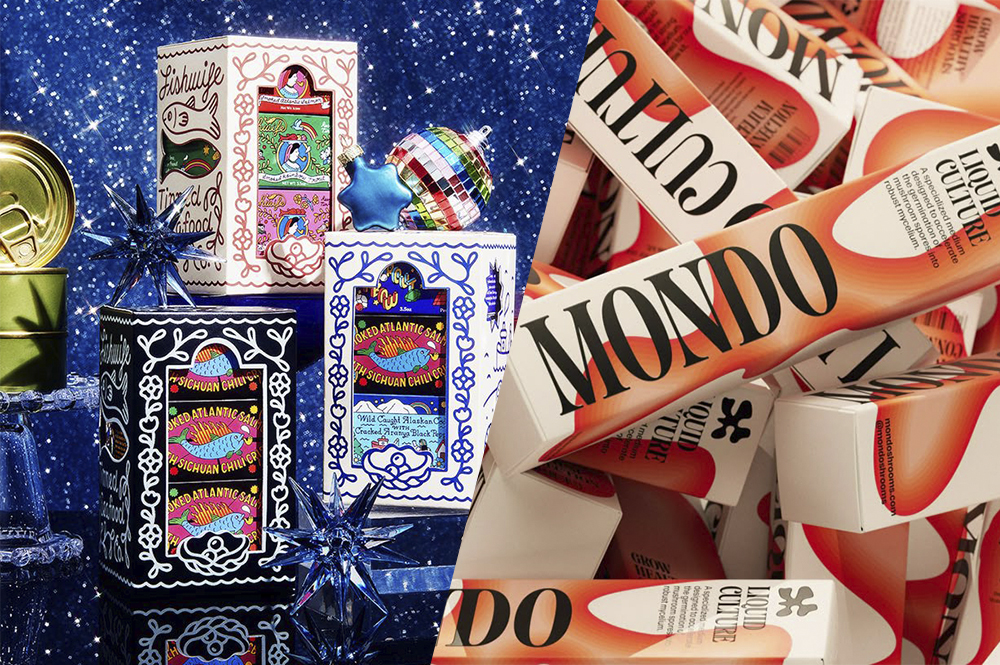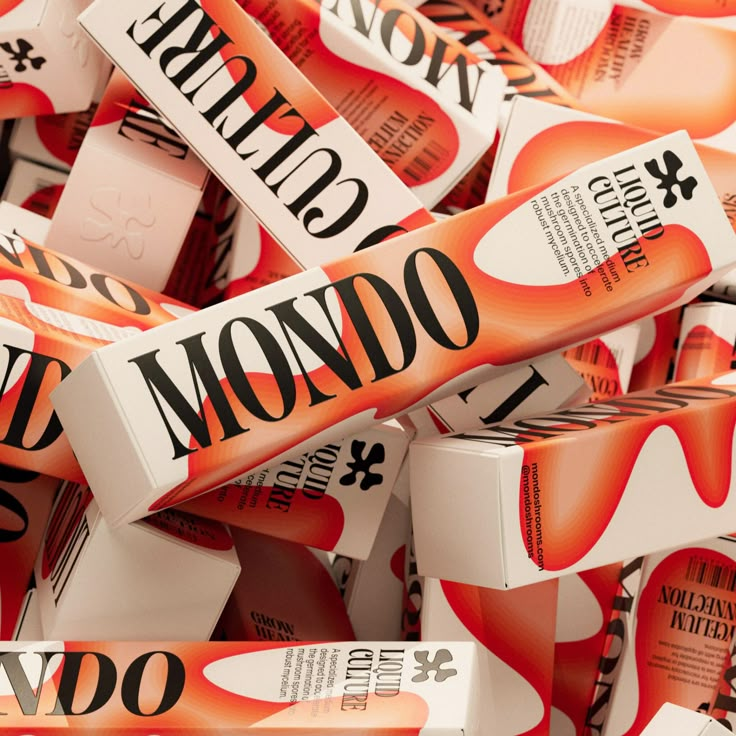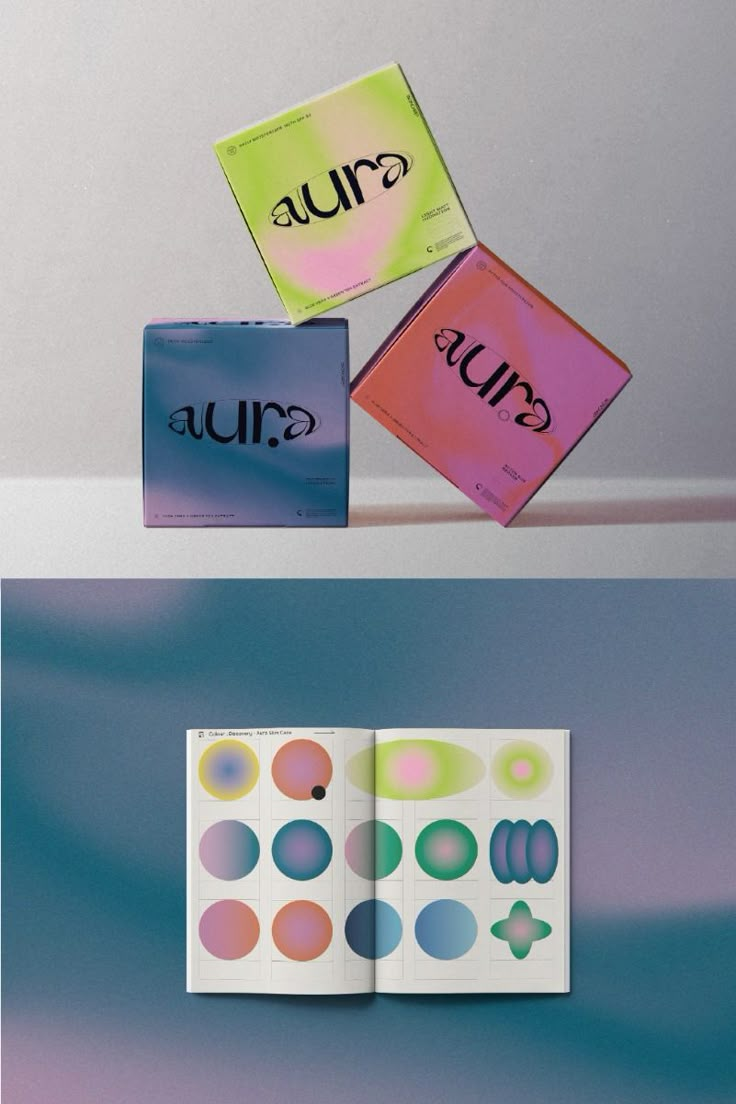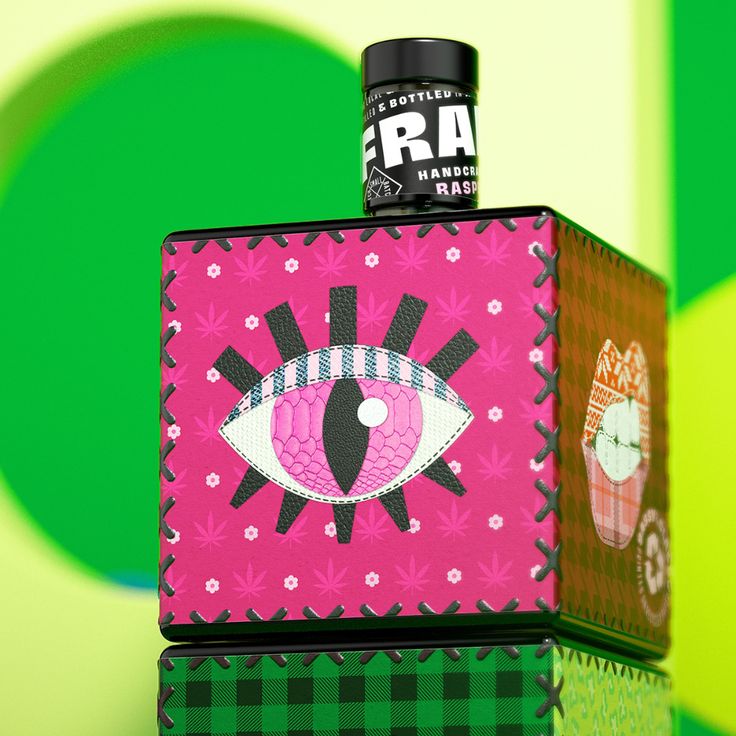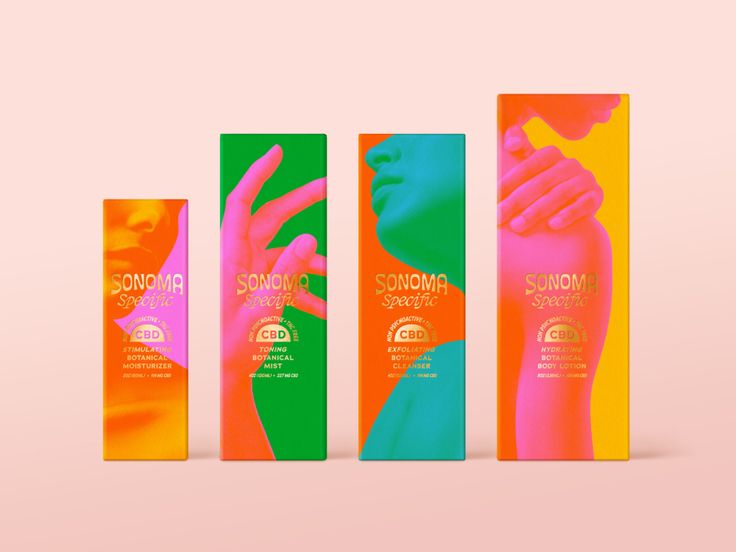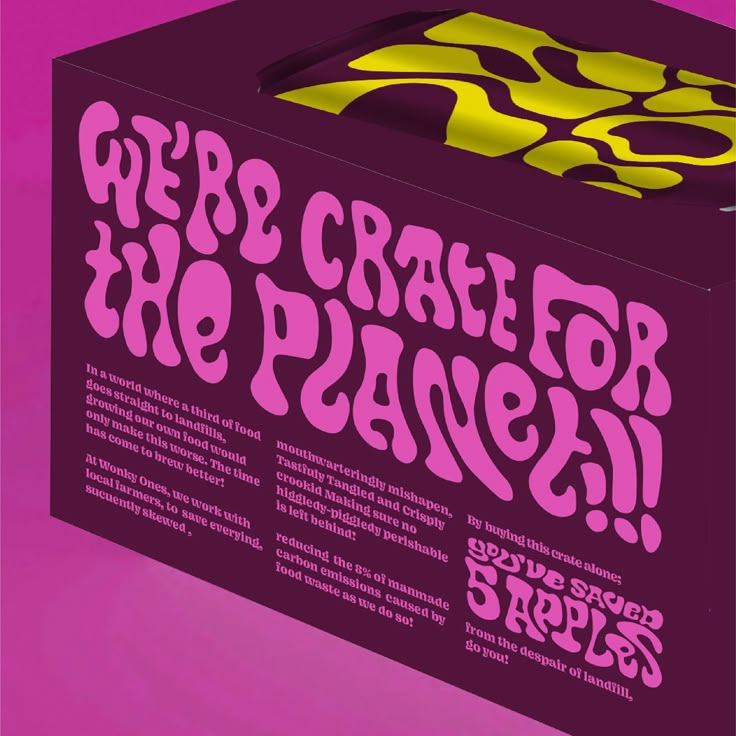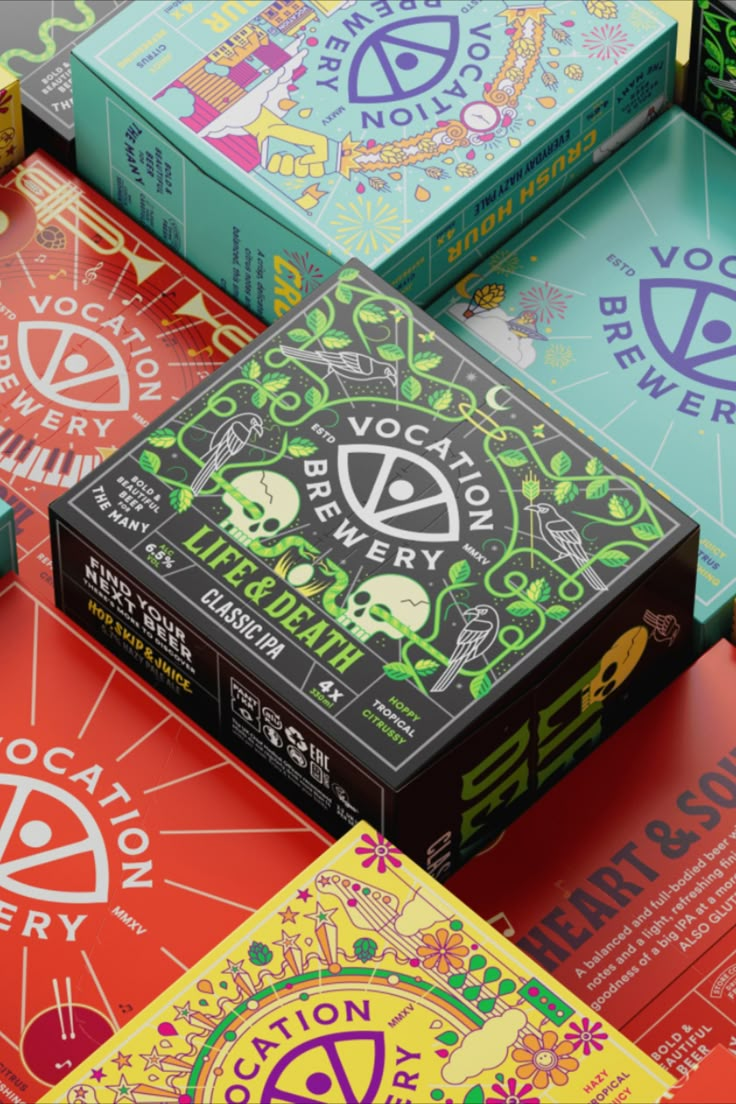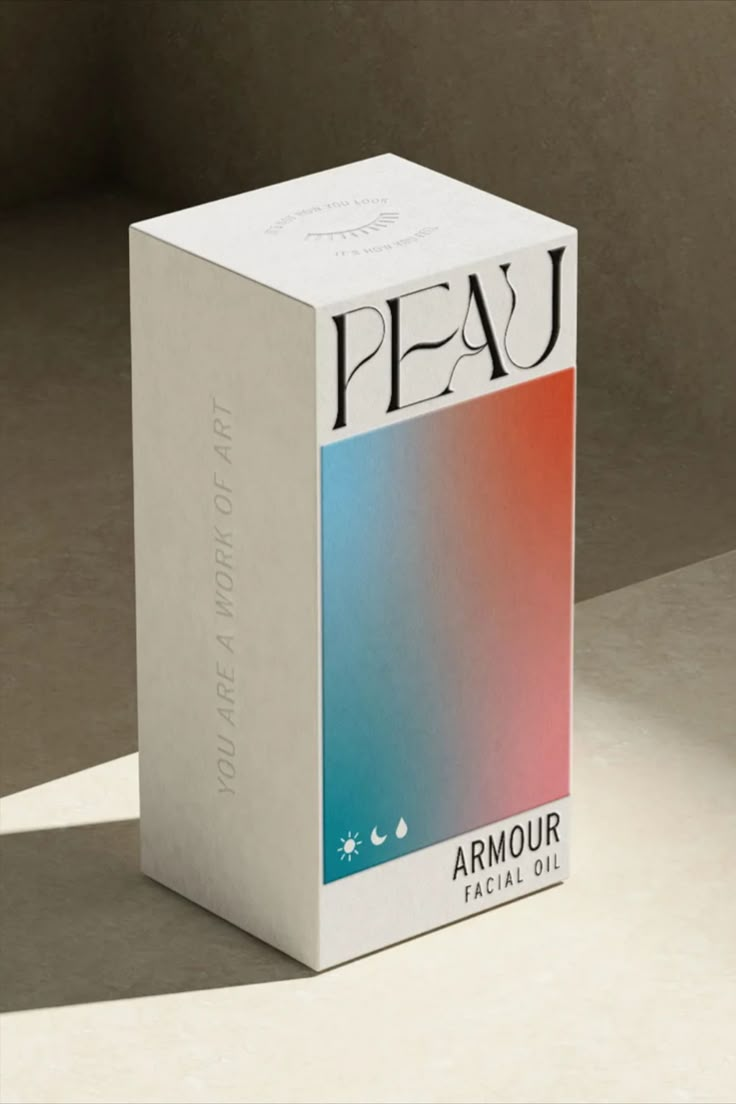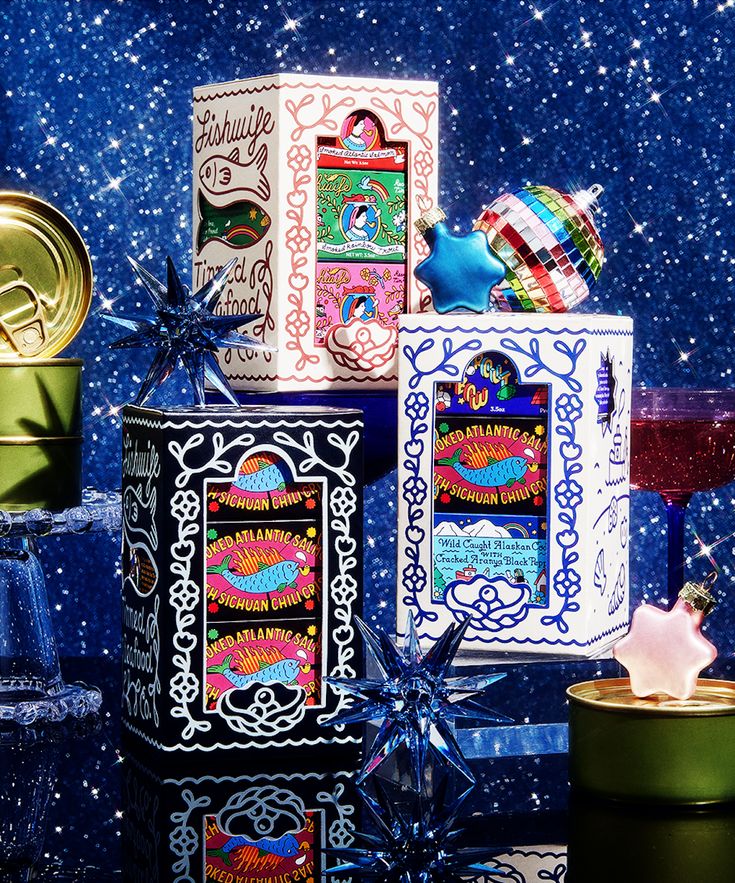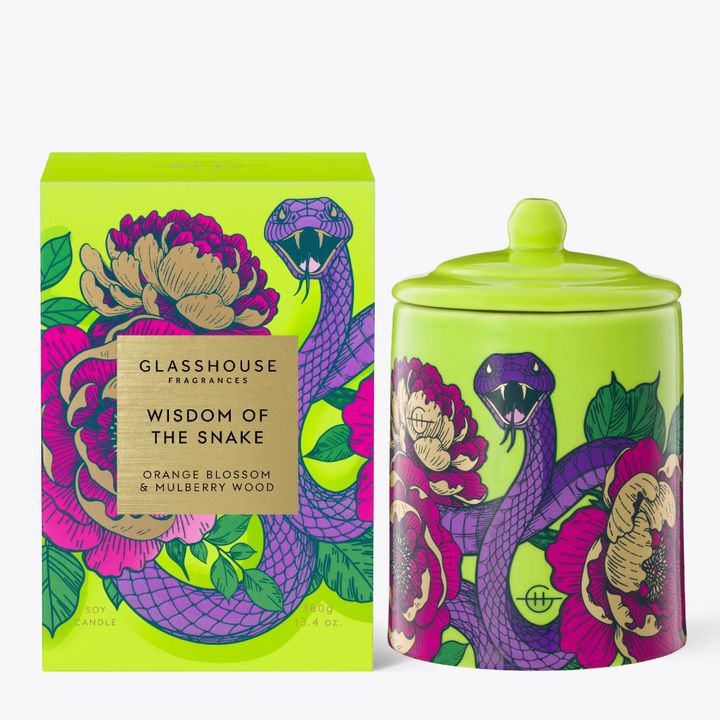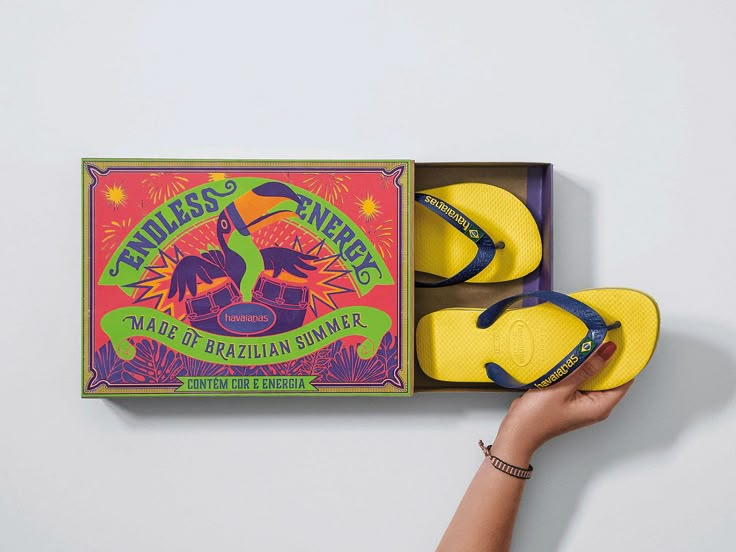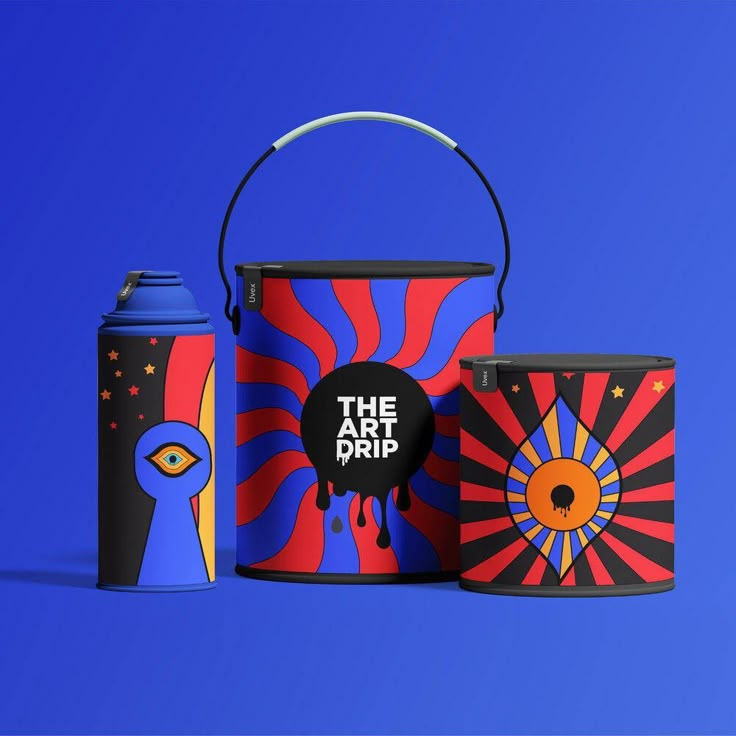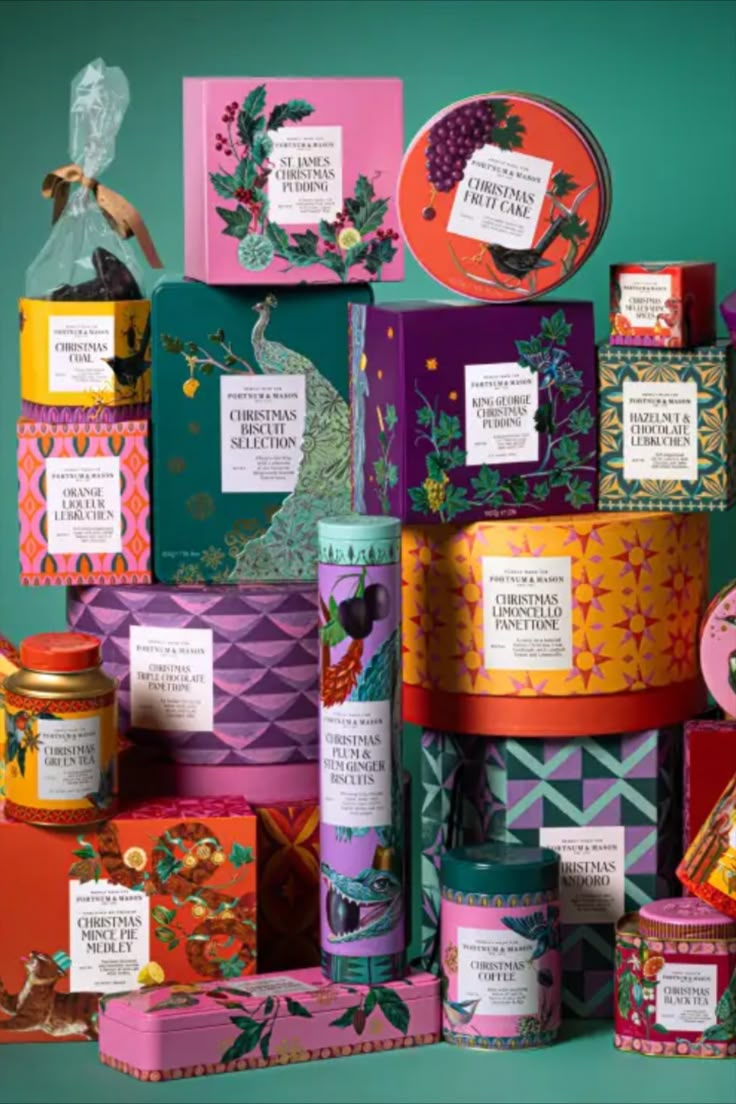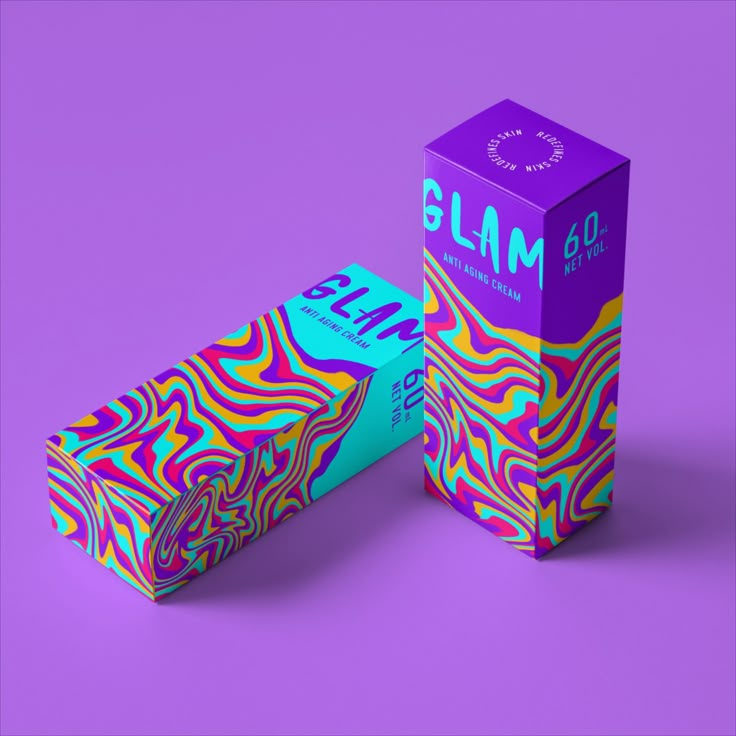In a world where digital feeds blur into one endless scroll and brand messages flicker past in the blink of an eye, standing out isn’t just a creative preference — it’s a necessity. Enter a wave of dreamy, surreal, and unapologetically vibrant design aesthetics as psychedelic and fantasy-inspired visuals are making a bold comeback. These visuals are not just stylistic choices, they are immersive portals, offering consumers a much-needed escape from the mundane and a fresh route for brands to carve memorable, emotional connections. From swirling color gradients and liquid-like forms to mythical motifs and kaleidoscopic textures, this visual renaissance is captivating a generation longing for novelty, emotion, and even a touch of the otherworldly.
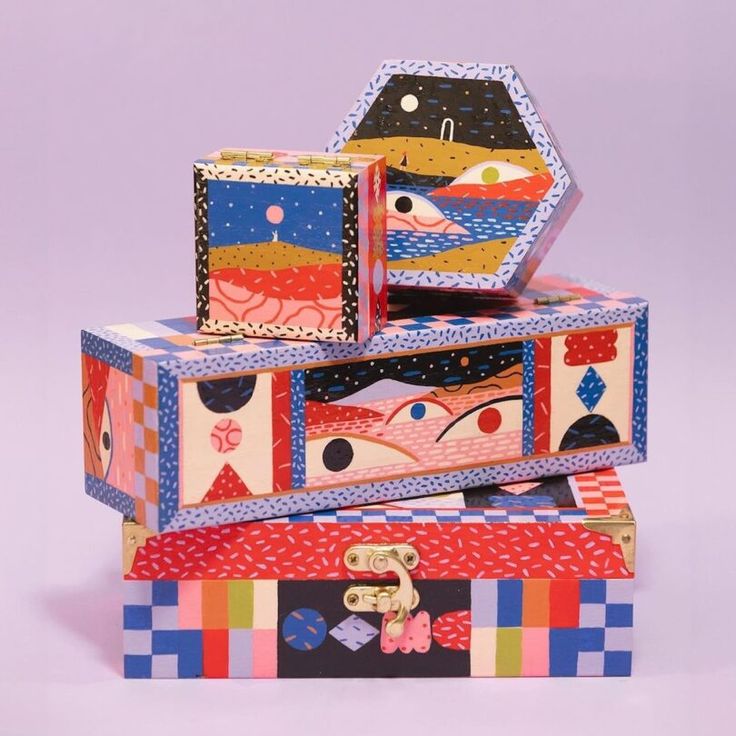
What psychedelic and fantasy visuals mean in today’s market
To understand this revival, it’s important to explore what these aesthetics represent — both visually and culturally. Psychedelic design, rooted in the 1960s counterculture, is characterized by vivid color palettes, distorted typography, symmetrical compositions, and a dreamlike quality that bends perception. Meanwhile, fantasy-inspired visuals draw from folklore, mythology, and speculative fiction — merging the surreal with the symbolic, often through ethereal illustrations, celestial themes, and tactile, layered textures.
These visuals are not just stylistic choices, they are immersive portals, offering consumers a much-needed escape from the mundane and a fresh route for brands to carve memorable, emotional connections.
Together, these styles speak to something deeper, a longing for escape, imagination, and emotional resonance. In an age of digital fatigue and algorithmic sameness, fantasy and psychedelia provide an antidote — a momentary dive into the extraordinary. They appeal most strongly to audiences who value experience over information, and emotion over clarity. Gen Z and Millennials, in particular, are driving this demand. Raised on visual culture and bombarded by noise, they crave not just aesthetic beauty, but meaningful stories and immersive atmospheres. These visuals offer brands an opportunity to transcend product and function, instead promising a mood, a vibe, a world.
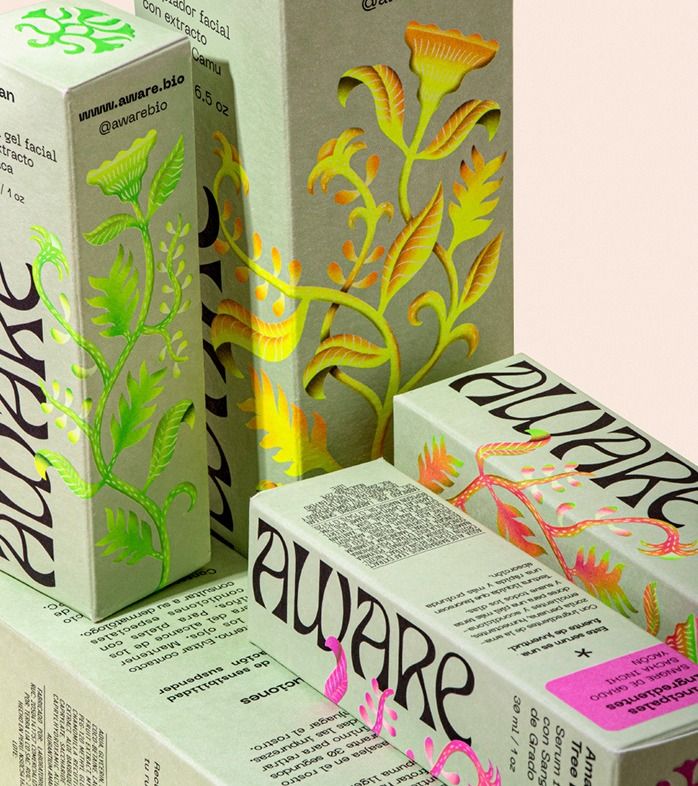
Designing in the age of overstimulation
Today’s visual landscape is more saturated than ever. Attention spans are short, content is disposable, and the competition for engagement is fierce. For designers and brands, the challenge is no longer just about being seen — it’s about being felt.
Psychedelic and fantasy-inspired visuals work precisely because they offer something unexpected. Whether through lush packaging that feels like a portal to another dimension, or branding systems that tap into a nostalgic-but-new visual language, these designs create micro-experiences. They demand attention, spark curiosity, and linger in the memory far longer than a minimalist logo or templated social ad. Crucially, this trend isn’t about empty decoration. At its best, it’s strategic storytelling through form and color — anchoring brand identity in the fantastical while inviting audiences to momentarily escape, explore, and imagine.
As designers continue to explore the interplay of color, emotion, and fantasy, brands that embrace these visual languages are not just keeping up with the times — they’re redefining them. Scroll further as we share some standout examples of branding and packaging that channel this surreal, immersive aesthetic — designs that don’t just sell, but transport.

